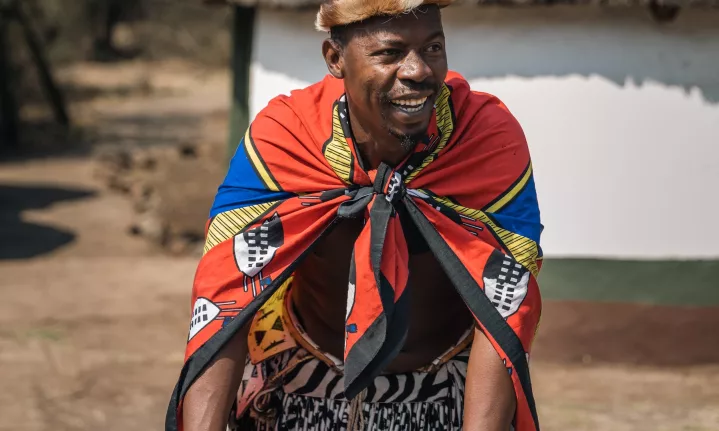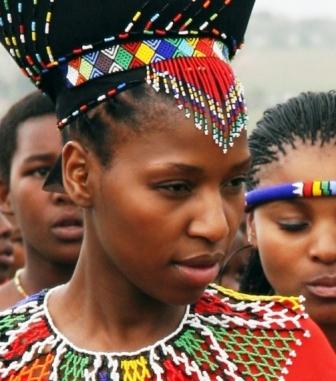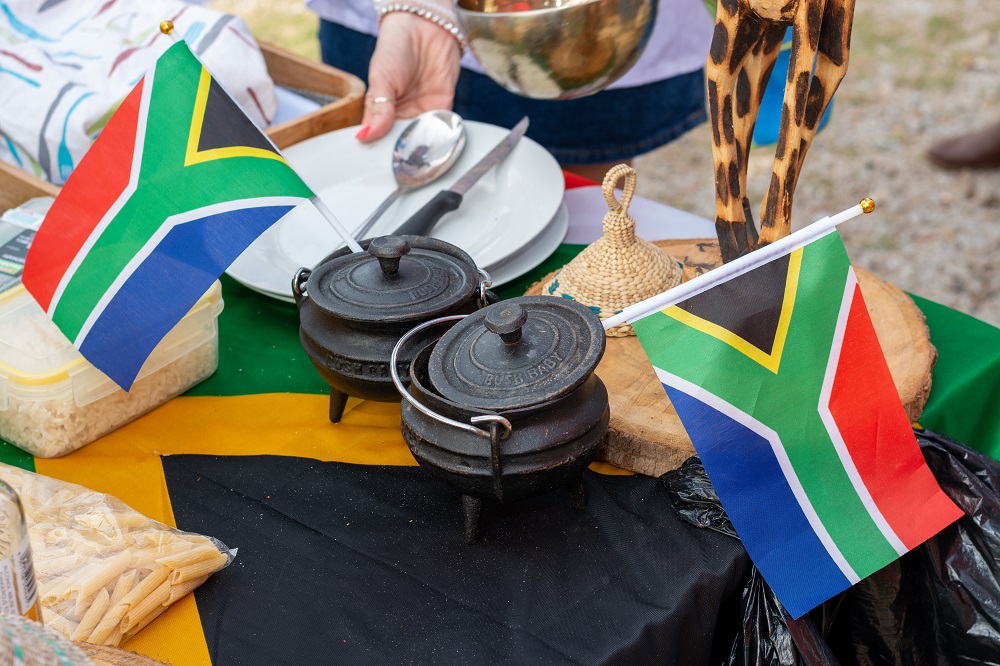Indicators on South African Culture Today You Need To Know
Indicators on South African Culture Today You Need To Know
Blog Article
All About South African Culture Today
Table of ContentsGetting My South African Culture Today To WorkExamine This Report on South African Culture TodayExcitement About South African Culture TodaySee This Report on South African Culture TodayAll About South African Culture TodaySouth African Culture Today Fundamentals Explained
An issue of value in Zambian towns is the passing away of enjoyed ones. All participants of the village placed money, time and effort together for the interment of the deceased.Songs and dancing is a really important element of the Zambian culture. The numerous tribal systems have their very own dancing forms; however, makishi is usual amongst all people.
Facts About South African Culture Today Uncovered
When it comes to music, drums are utilized one of the most, with a range of drumming ceremonies. In Zambia, bulk of the individuals are Christian; Protestant and Roman Catholic. There are tiny groups of Muslims and Hindus, with the remainder complying with local indigenous tribal beliefs.

South African heritage and society is greatly varied, and contains several groups of individuals who each have their own traditions and ideas. Having such a variety of individuals and societies is what makes South Africa so one-of-a-kind. In the real sense of the expression, we are a rainbow country.
Making it the 7th on the checklist of nations with the most Portuguese individuals in it outside of Portugal. Portuguese is not only a society, however it is also a language and a nationality. Portuguese individuals stem from the nation of Portugal in Europe, nevertheless, due to Portugal (like several other nations in Europe) exploring the world and dominating other countries throughout the 15th 20th centuries, South Africa has what we call Portuguese South African's living in it.
Our South African Culture Today PDFs
Amongst the popular attributes of the topography is a plateau that covers almost two thirds of the center of the country. The plateau complicated climbs toward the southeast, where it culminates in the Drakensberg variety, component of an escarpment that separates the plateau from the coastal locations. The Drakensburg consists of Sparkling wine Castle, the highest top in the nation.
The area north of the Witwatersrand, called the bushveld, inclines downward from eastern to west toward the Limpopo River, which creates the global border. The western section of the plateau, the middleveld, also descends towards the west and varies in elevation between the highveld and bushveld. Between the Drakensburg and the eastern and southern coastline, the land descends to the sea.
Nearer the coastline there is a low-lying plain called the eastern lowveld. Southwest of the plateau the country becomes gradually more dry, paving the way to the hostile desert of the Great Karroo, surrounded on the eastern by the reduced, much better sprinkled plateau of the Little Karroo. Separating the dry southern inside from the sandy coastal of the southerly coastline and West Cape is one more variety, the Langeberg.
South African Culture Today Can Be Fun For Everyone
The nation's racially, ethnically, and politically separated background has generated national and subnational symbols that still operate as signs of the nation, and others icons that are approved only by particular groups. The monoliths to white settler occupation and political prominence, such as the Afrikaner Voortrekker ("leader") Monument in Pretoria and the Rhodes Monolith recognizing the British colonial realm building contractor and Cape head of state Cecil Rhodes, stay sectarian symbols.
The very first modern citizens were the San ("bushman") hunter-gatherers and the Khoi ("Hottentot") peoples, who herded animals (South African culture today). The San may have been existing for thousands of years and left proof of their visibility in thousands of old cave paintings ("rock art"). Bantu-speaking clans that were the forefathers of the Nguni (today's amaZulu, amaXhosa, amaSwazi, and vaTsonga peoples) and Tswana-Sotho language groups (today's Batswana and Southern and Northern Basotho) migrated down from eastern Africa as very early as the fifteenth century

Both previous republics of the Orange Free State and Transvaal (South African Republic) were developed by Afrikaner inhabitants that beat and dispossessed the Basotho and Batswana. Lesotho would certainly have been by force included right into the Orange Free State without the expansion of British protection in 1869. The ultimate my link unification of the country resulted from the South African War (18991902) in between the British and both Afrikaner republics, which lowered the nation to ruin at the beginning of the twentieth century.
Afrikaners historically considered themselves the just real South Africans and, while providing complete citizenship to all homeowners of European descent, refuted that condition to individuals of shade up until the democratic transition of 1994. British South Africans retain a feeling of social and social connection to Great Britain without deteriorating their identification as South Africans.
The Of South African Culture Today
The diversity and fragmentation within ethnic groups and the equilibrium of tensions in between those groups during the twentieth century stopped interethnic civil dispute. While intergroup stress over sources, entitlements, and political prominence continue to be, those conflicts are as likely to match Zulu versus Zulu as Zulu against Xhosa or African against Afrikaner.
From colonial India, British sellers and administrators brought the bent metal decorative roofing systems and slim lace job columns that still epitomize the outdoor patios of homes arounds and cities throughout the country. Houses of praise contribute a vital building facet even in the tiniest towns. In enhancement to the soaring steeples and timeless stonework of Afrikaans Dutch Reformed churches, Anglican churches, synagogues, mosques, and Hindu shrines supply variety to the religious building scene.

Butchering and the developing of traditional cereal beer are important in protecting the involvement and goodwill of the forefathers that are taken into consideration the guardians of good luck, success, and health. Indian neighborhoods keep their indigenous cooking practices and apply them on Islamic and Hindu routine and ritualistic events. Afrikaners and Coloured people collect at weekend breaks and special events at multifamily barbeques called braais, where community bonds are strengthened.
Because this was the primary economic enterprise of both black Africans and white colonists, dispute between those teams fixated the belongings of grazing land and livestock. In 1867, the largest ruby down payments worldwide were found at Kimberley in the west main area. The riches from those areas helped fund the exploitation of the best gold coral reef in the web world, which was found on look at this now the Witwatersrand in 1886.
The South African Culture Today PDFs
This brought about misconceptions and purposeful misrepresentation in the dealings of white inhabitants and federal government officials with African principals throughout the colonial period (South African culture today). In the establishment of African reserves, some aspects of public and primarily "tribal count on" land period were maintained, and even in white rural areas, forms of communal tenure were still exercised in areas with African areas
After the autonomous improvement of 1994, programs for land restitution, redistribution, and reform were set up, however development has been slow-moving. The white minority still manages eighty percent of the land. Following farming land invasions in Zimbabwe, the Department of Land Affairs has promised to speed land redistribution.
Report this page